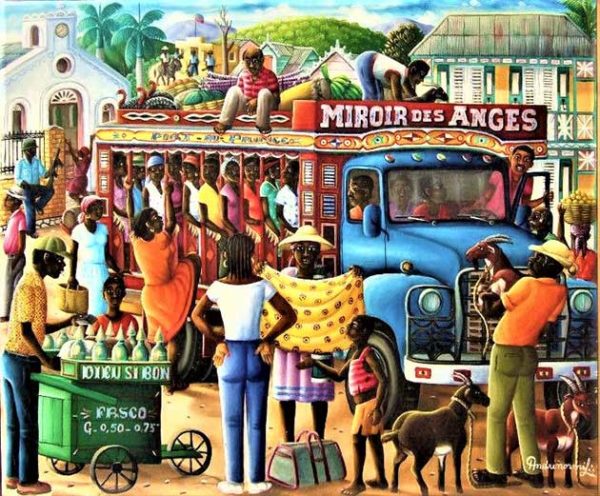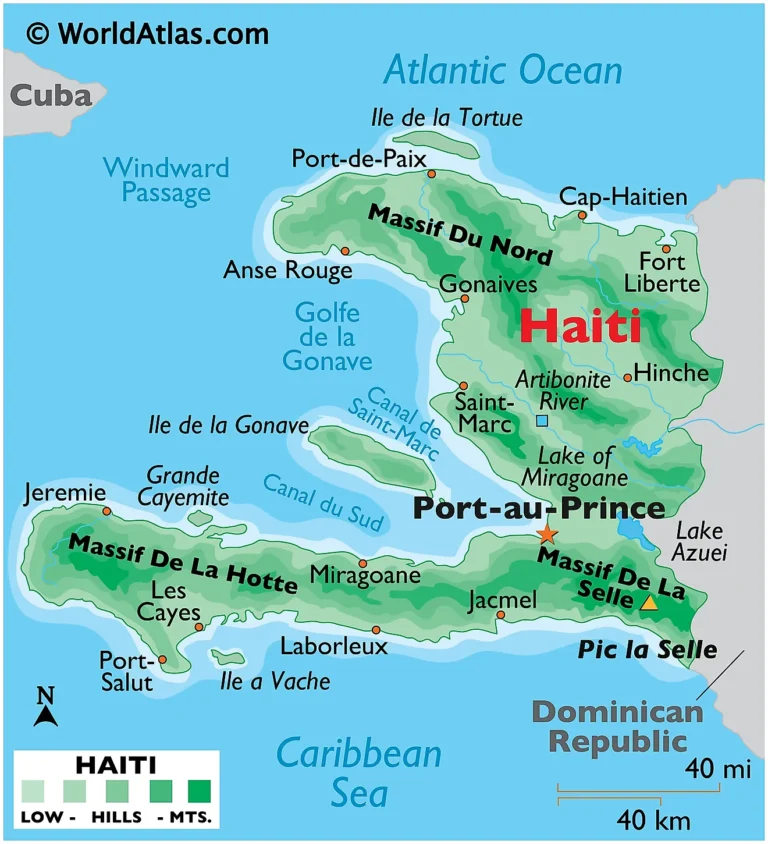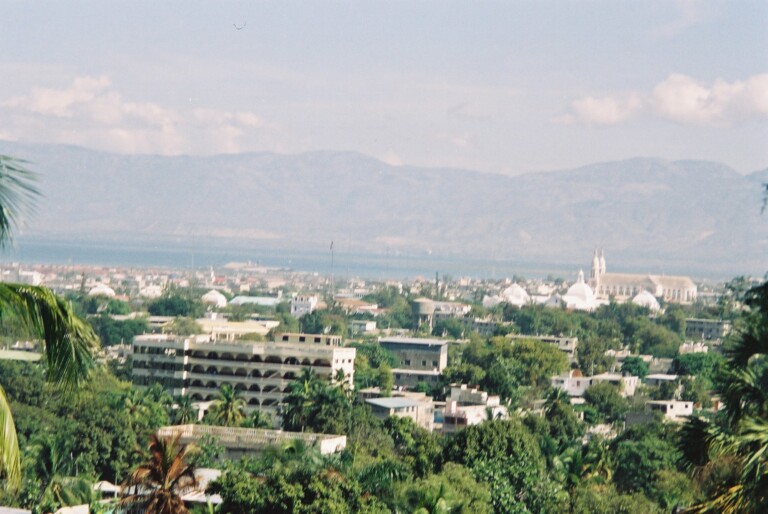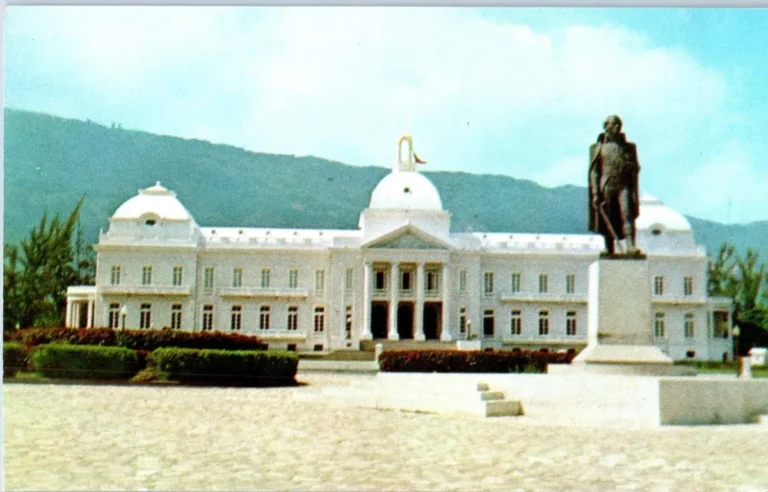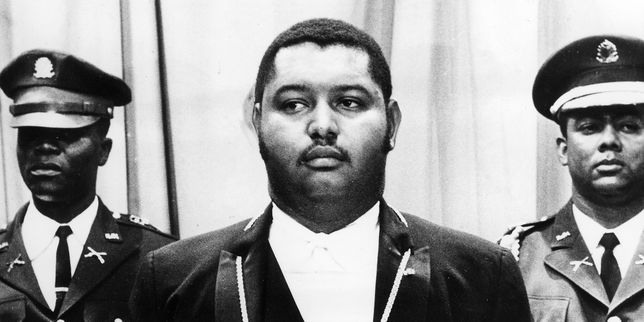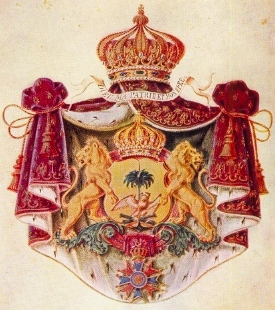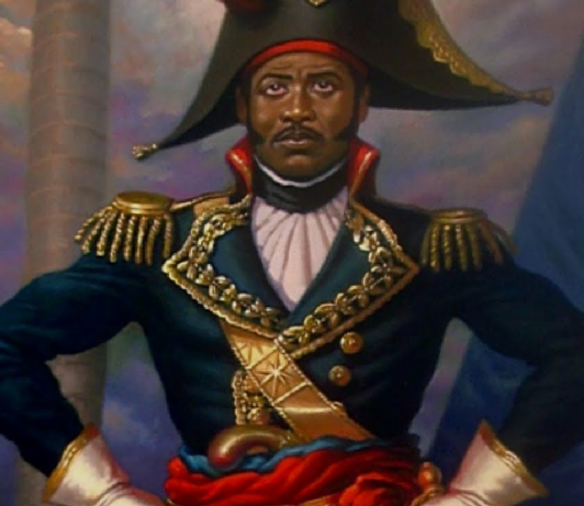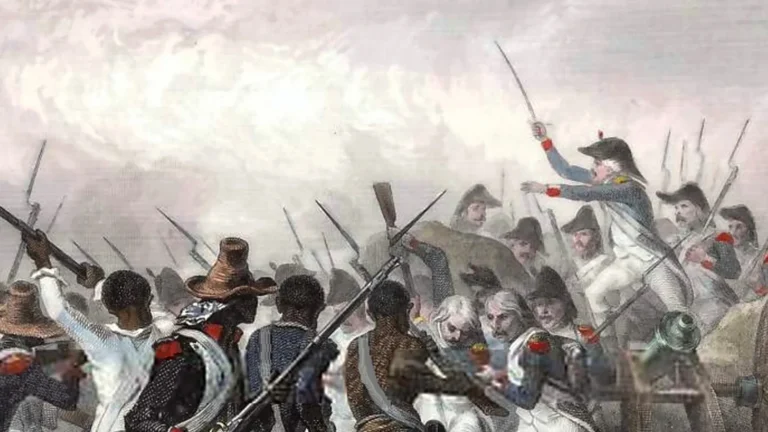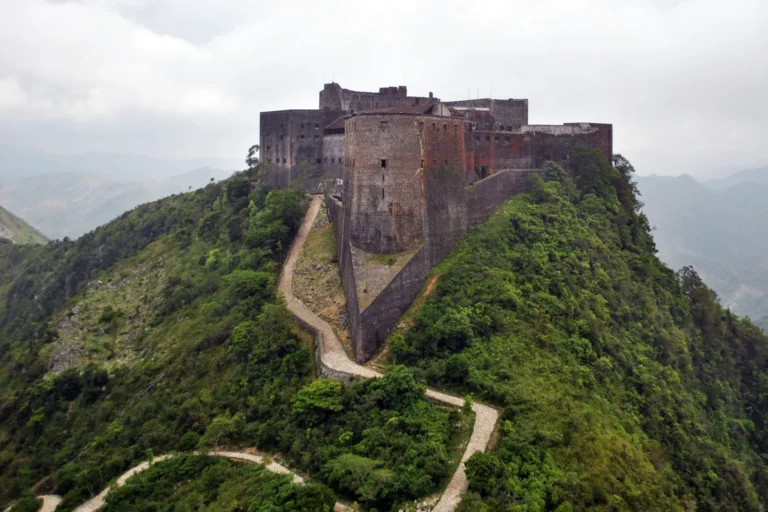Family and community are fundamental cornerstones of Haitian culture, shaping social interactions,
Haiti
Culture and Society of Haiti: Haiti has a rich and vibrant culture that reflects a blend of...
Haiti, located on the western part of the island of Hispaniola in the Caribbean Sea, is characterized...
Modern Haiti (2004-Present): The modern era of Haiti, from 2004 to the present, is marked by continued...
Post-Dictatorship Haiti (1986-2004) After the fall of the Duvalier dictatorship in 1986, Haiti entered a period of...
The Duvalier Dictatorship (1957-1986) François “Papa Doc” Duvalier (1957-1971): In 1957, François “Papa Doc” Duvalier was elected...
The Kingdom of Haiti and The Republic (1844-1915): The Rise of the Haitian Kingdom (1844-1859): Following the...
Early Independent Haiti (1804-1843): The period of early independent Haiti, from 1804 to 1843, was marked by...
Despite the hardships, the Haitian Revolution remains a symbol of resilience and determination in the face of...
Introduction: Haiti, located on the western part of the island of Hispaniola in the Caribbean Sea, has...


